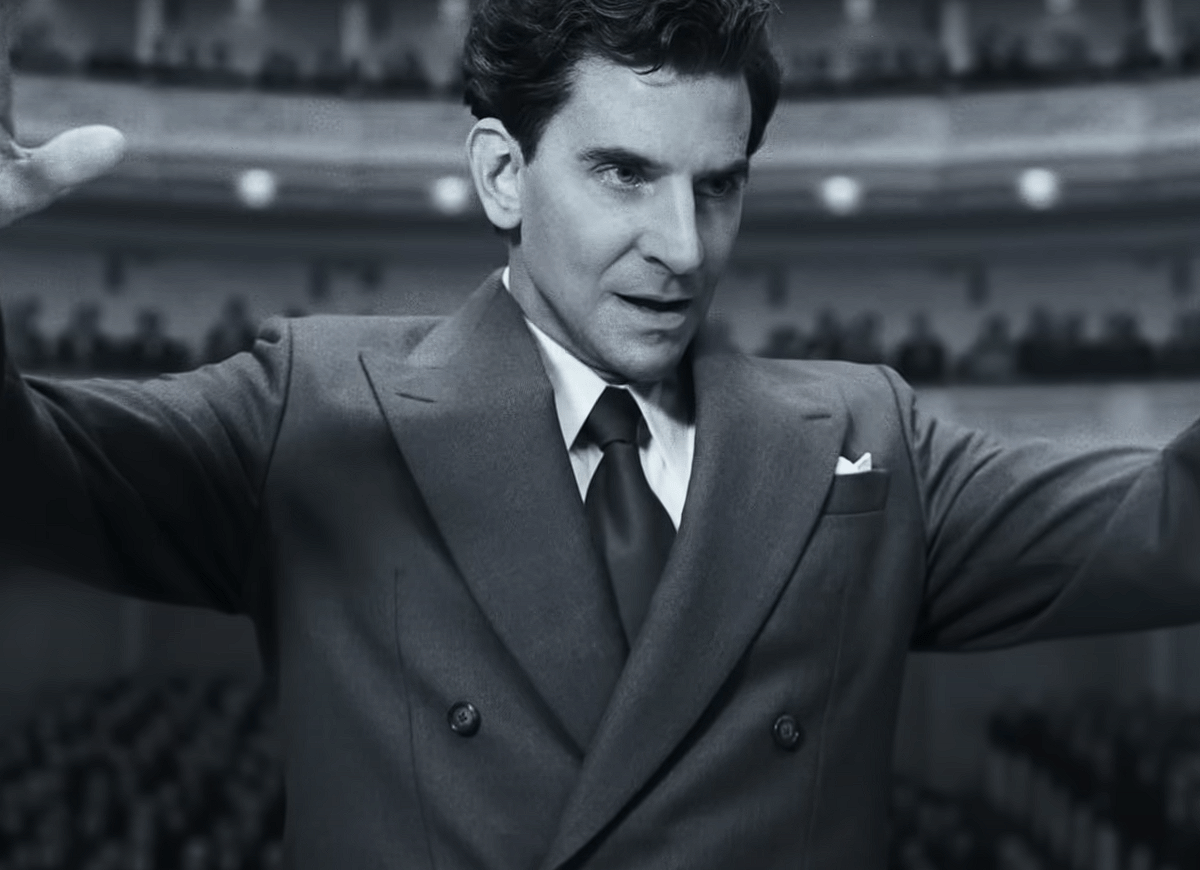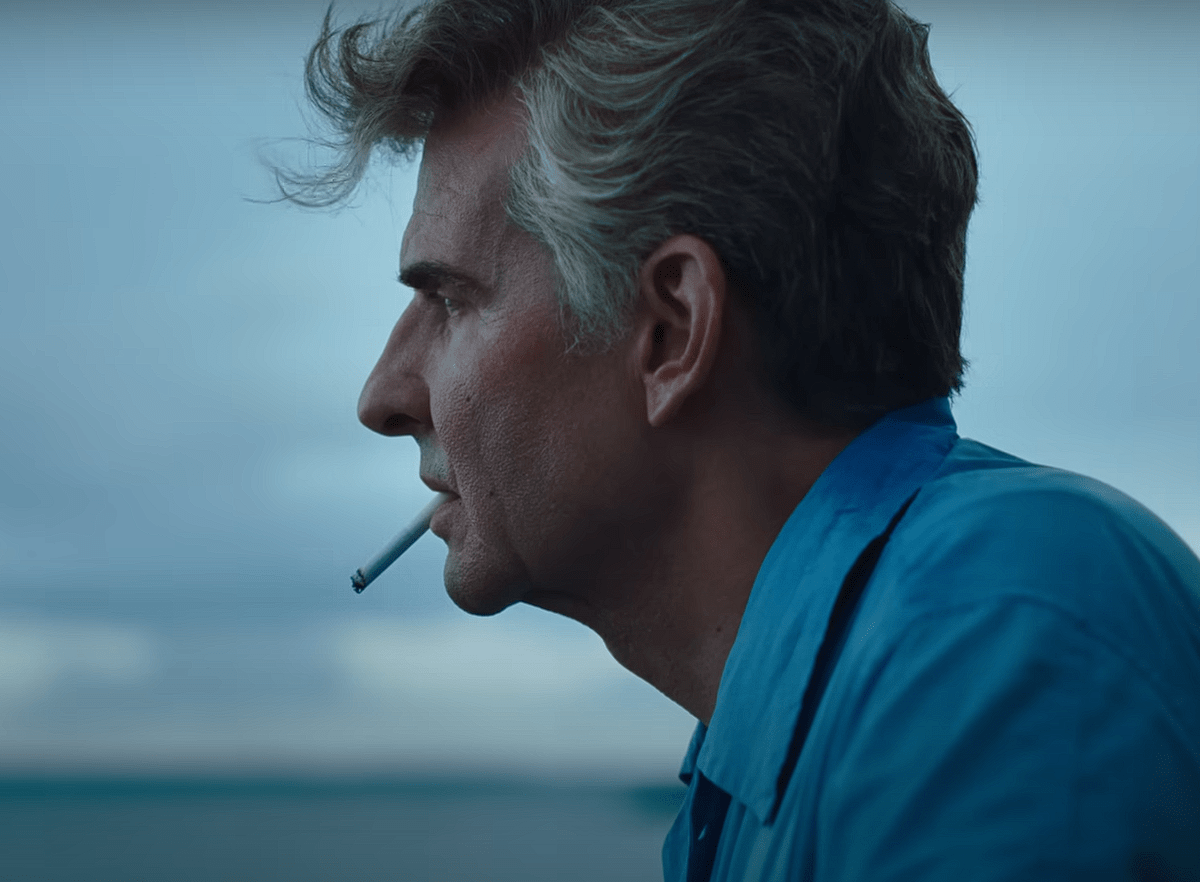One Similarity Between Bradley Cooper and Christopher Nolan Can Make Their Actors Life on Set a Nightmare
Bradley Cooper recently revealed to iconic director Spike Lee that he has implemented Christopher Nolan’s controversial no-chairs policy on the set of his latest film, Maestro. While Nolan’s rule has developed a notorious reputation for being a “nightmare” for actors, Cooper provided a rationale for why banning chairs can actually boost on-set energy and collaboration.
What Exactly Is Christopher Nolan’s No-Chairs Rule?

According to The Digital Fix, Nolan’s dislike of chairs on set first entered the public conversation in 2020 when Anne Hathaway commented that the renowned Tenet director actively discourages people from sitting down during production. While Christopher Nolan later clarified that Hathaway’s claims were exaggerated, the legend of his no-chairs stance persists.
Most recently, Nolan’s Oppenheimer star Robert Downey Jr. jokingly referenced the director’s rule by stating,
“You would go back and sit in your set chair — no, you wouldn’t, because there were no set chairs.”
So, while the specifics remain unclear, it’s evident that Nolan prefers limiting chairs, a guideline Bradley Cooper has now adopted for his own directorial efforts.
Why Would Banning Chairs Boost On-Set Energy?

During his discussion with Lee, Cooper rationalized the no-chairs policy by stating,
“I feel like your energy dips the minute you sit down in the chair.”
Instead, the A Star is Born director opts for using apple boxes to give actors a standing rest option.
“There’s no video village, I hate that,” he added, referencing monitors that separate production from the actual filming.
By keeping the set chair-free, Cooper aims to maintain active engagement and prevent the separation that chairs, monitors, and offset video villages can foster. While this may surprise some actors, Cooper believes it ultimately enhances collaboration and energy.
Despite Cooper’s arguments for banning chairs, some speculate that this rule could easily enable overworking actors to the point of exhaustion. Sets often require teams to stay on their feet for extremely long hours during stressful production crunches. Removing chairs only lengthens the continuous standing, which could understandably frustrate fatigued performers.
Additionally, those with disabilities or physical limitations may find a no-chairs rule insensitive and ableist. Standing for excessively long periods can cause severe pain for some individuals. So, while Cooper sees merits in following Nolan’s anti-chair stance, he also risks fatiguing or isolating team members in the process.
Also Read: War Veteran’s Father Threatened To “Unleash Hell”on Clint Eastwood For 1 Bradley Cooper Film
Bradley Cooper Still Believes His No-Chairs Approach Will Benefit Maestro

Cooper clearly feels strongly that prohibiting chairs creates a more collaborative, engaging environment on set. And as both director and lead actor in Maestro, he has firsthand experience with how this guideline may impact production.
While it remains to be seen whether Cooper’s no-chairs rule proves controversial among Maestro’s cast and crew, the director himself believes it will contribute to a stronger, unified film in the end. Cooper told Lee,
“I’ve always hated chairs, and I feel like your energy dips the minute you sit down in the chair.”
So despite divided perspectives on banning set chairs, Cooper is standing firmly behind his decision as he strives to match the monumental success of A Star is Born with his sophomore directorial endeavor. Audiences will judge for themselves when Maestro arrives on Netflix this December.





